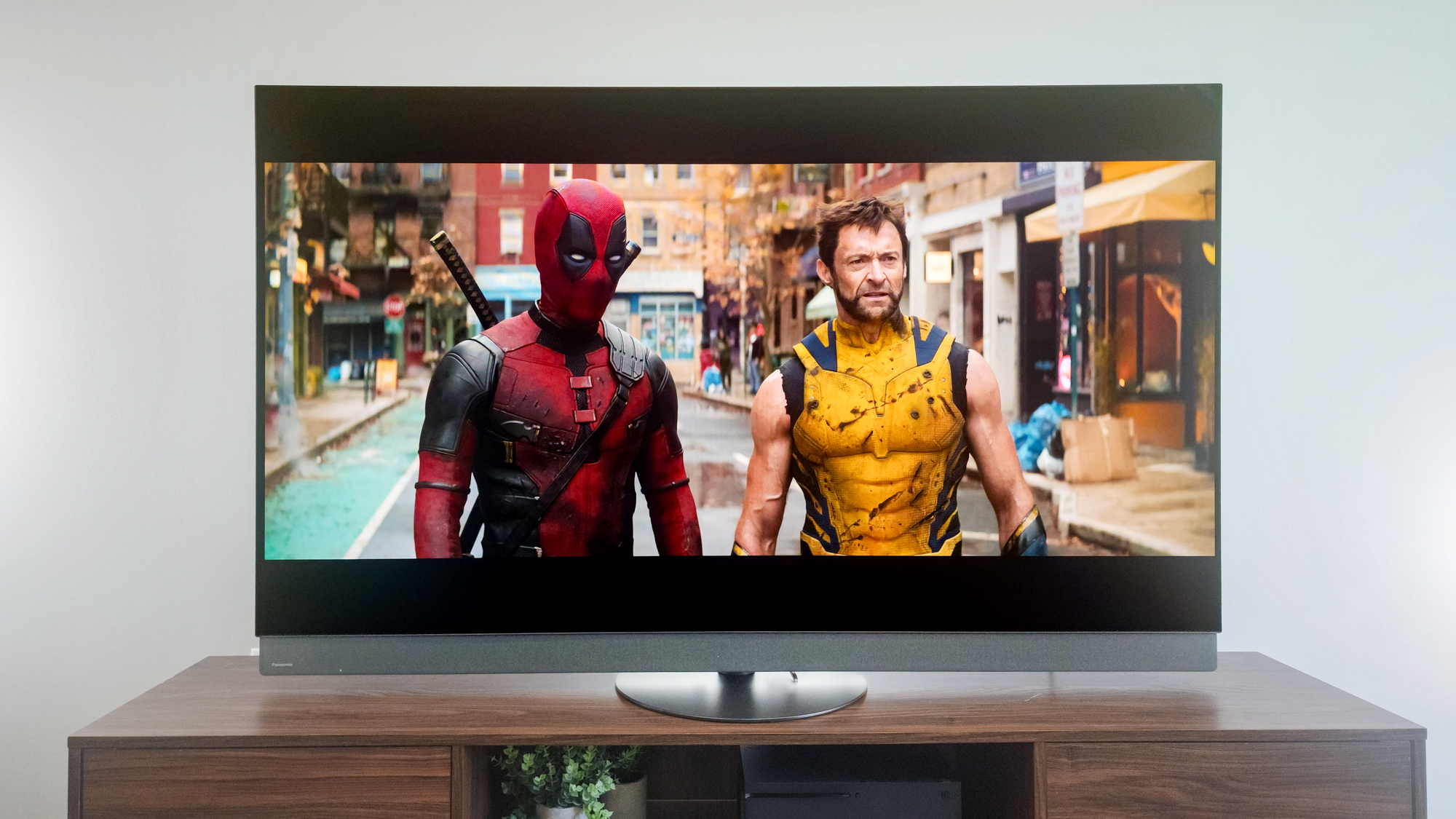Best mobile hotspots in 2025

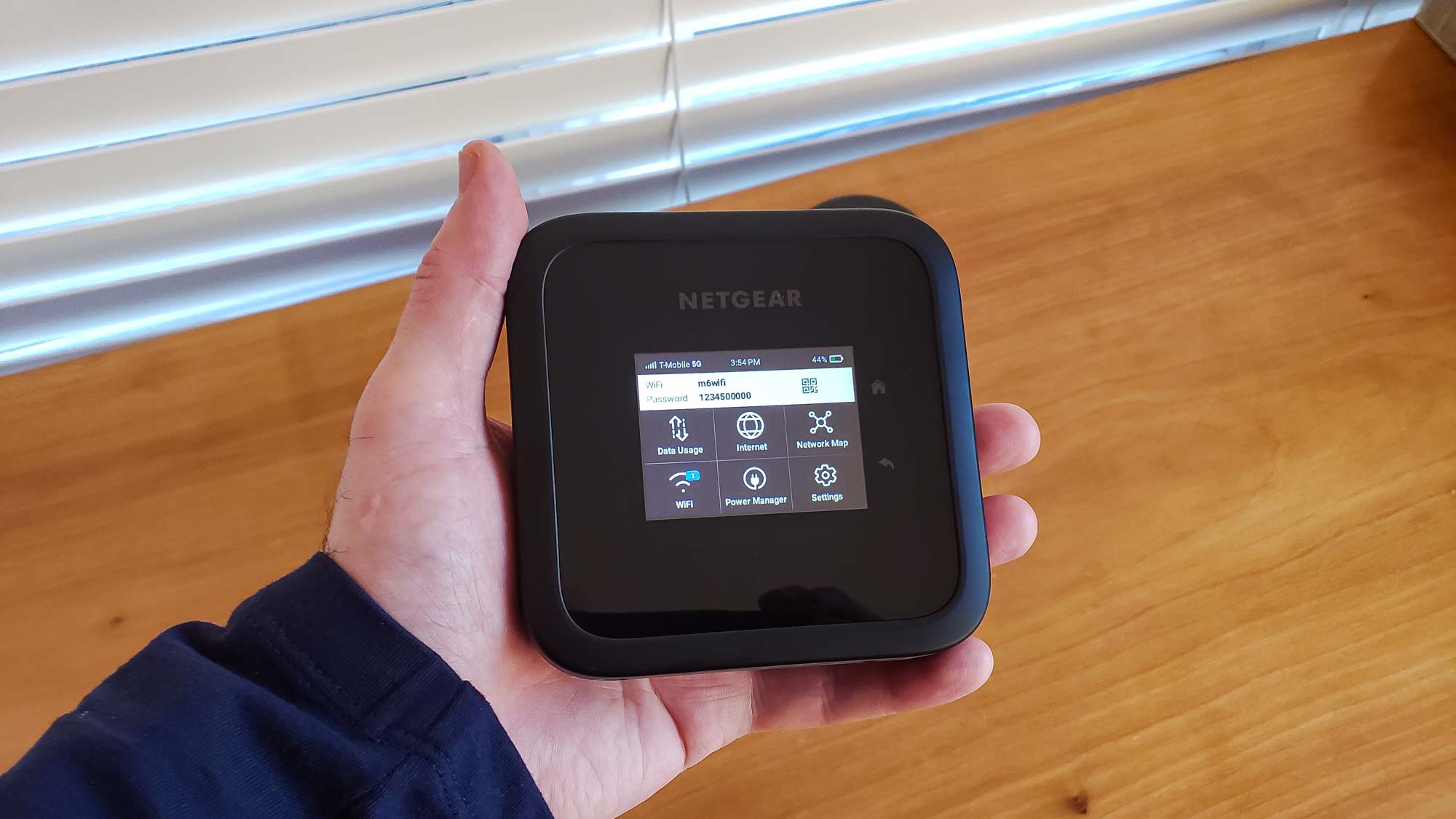
1. The quick list
2. The best overall
3. Best for AT&T
4. Best for 5G connectivity
5. Best for T-Mobile
6. Best for travelers
7. Also consider
8. What to consider
8. How we choose
All the best phones nowadays hold a secret weapon that few people are aware about. It’s the hotspot functionality that lets them share their wireless data connectivity with other devices via Wi-Fi. However, it often requires a subscription in order to activate and is a big drain on the battery drain — which is why you might want to invest in any one of the best mobile hotspots out there.
Unlike the previous aircards they replaced, mobile hotspots work on a completely wireless connection. This makes them so valuable when you’re on the go and need to stay connected, which is especially true when your Wi-Fi is spotty or non-existent. Another thing I love about mobile hotspots is that they’re dedicated devices, tasked with only providing reliable data connectivity.
And while many of the best cell phone plans can allow you to use your phone to act as a hotspot in a pinch, you’re essentially draining your phone even faster by using it — causing its battery to deplete much faster, not to mention causing it to get toasty in the process. On top of that, this function interrupts everyday tasks, like making phone calls, sending emails, catching up on Slack or Twitter, and other phone activities.
That’s why I really recommend getting any of the best mobile hotspots. Although many of them cater to one wireless provider, there are others that work on multiple networks. Most of them offer faster 5G connectivity, but there are also some that have mmWave support that work well in densely populated areas with uninterrupted speeds. This is handy when there’s a rush of connections in an area.
Here's a closer look at the best options for a mobile hotspot.
The quick list
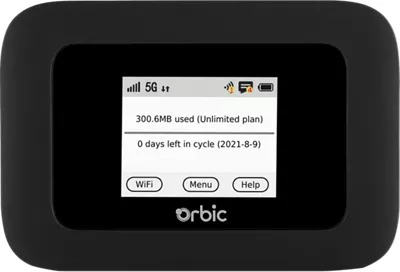
Best overall
Not only is it the best mobile hotspot you can get, but it's also the best choice if you're a Verizon customer. The Orbic Speed 5G UW offers speedy 5G coverage courtesy of super-fast Ultra Wideband and mmWave-based 5G coverage. It also have one of the longest battery life at up to 12 hours on a single charge.
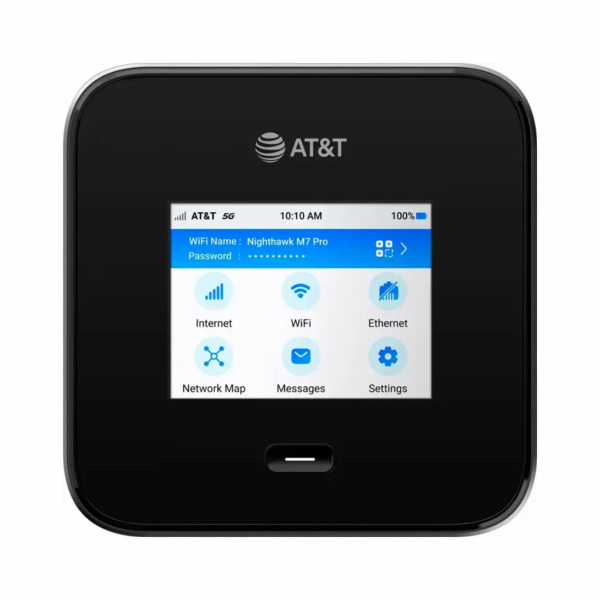
Best for AT&T
AT&T's best mobile hotspot is the Netgear Nighthawk M7 Pro, offering up to 10 hours of battery life along with up to 64 active connections to keep everything you have connected to the internet.
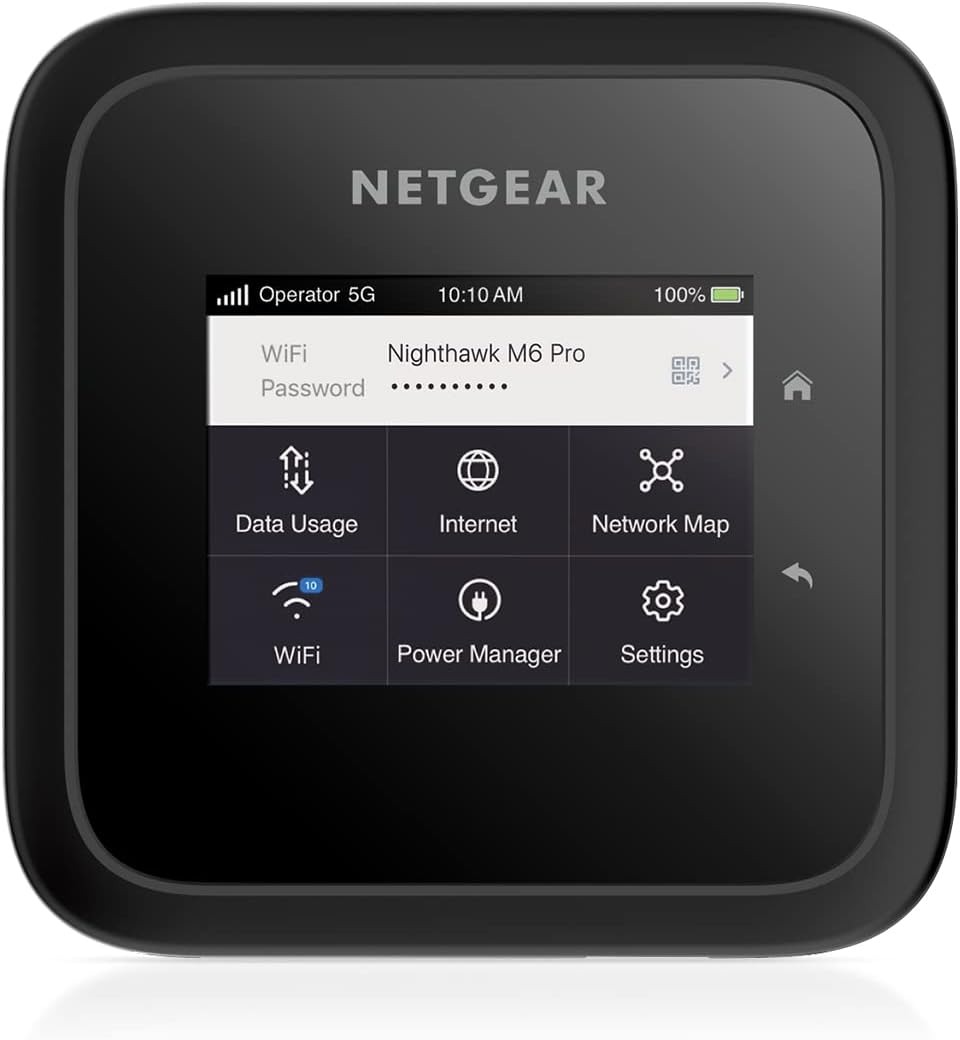
Best for gaming
The Netgear Nighthawk M6 Pro provides adequate 5G speeds thanks to AT&T's 5G Plus network for the fastest data speeds; both on the up and downlink. It also supports Wi-Fi 6E instead of Wi-Fi 6. These features make it perfect for gaming.
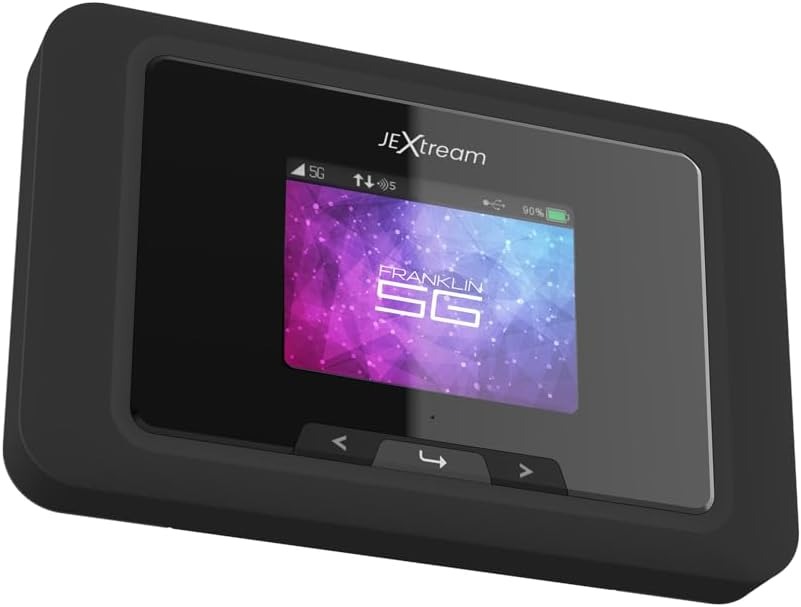
Best for T-Mobile
You won't have to spend a fortune on the Franklin Wireless JEXtream RG2100, which is great if you're on a tighter budget. You'll have access to the network's vast 5G network along with a promised all-day battery life.
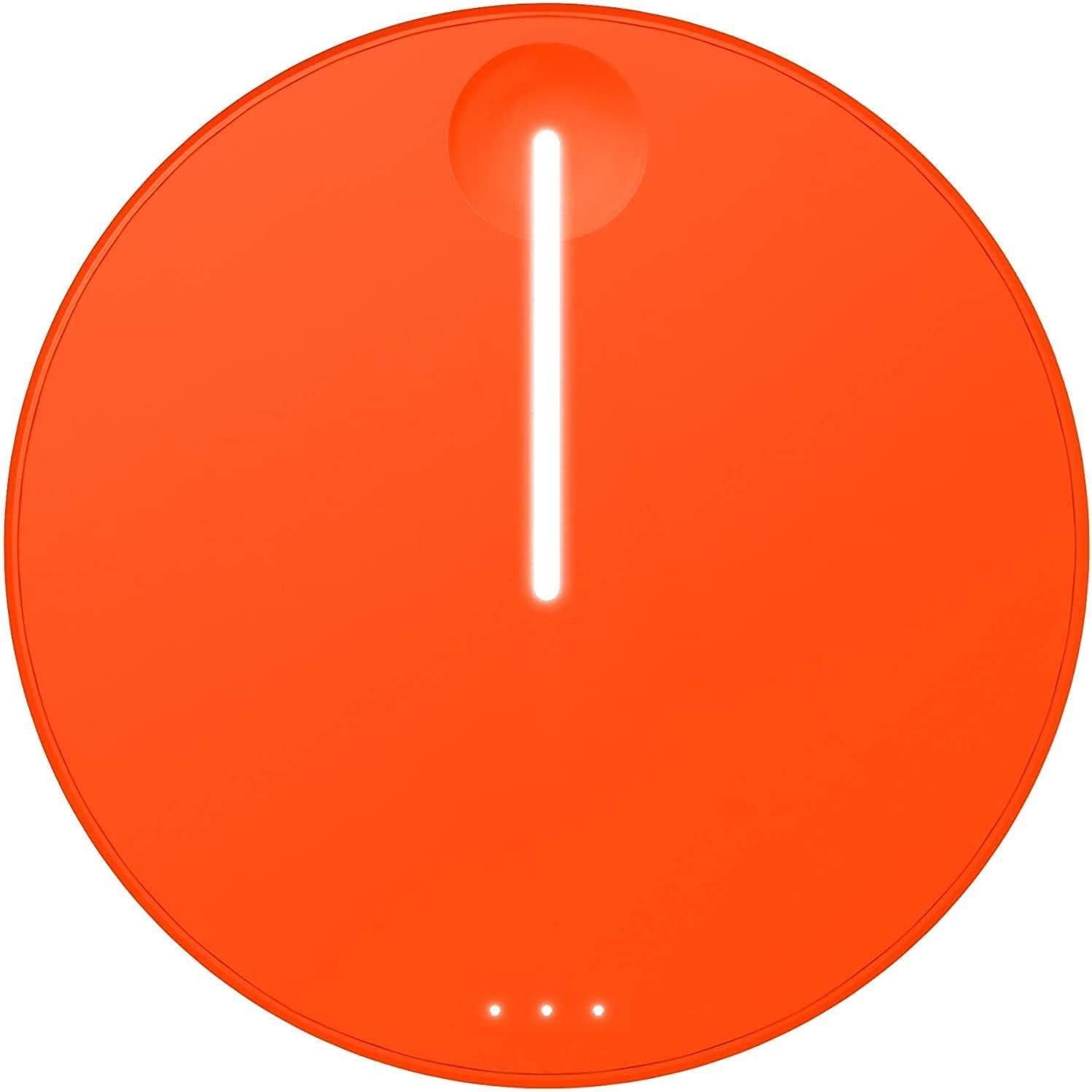
Best for travelers
Take the worry about traveling abroad because the SIMO Solis Lite is portable enough to take with you, while offering support in 130-plus countries. It also functions as a battery bank too.
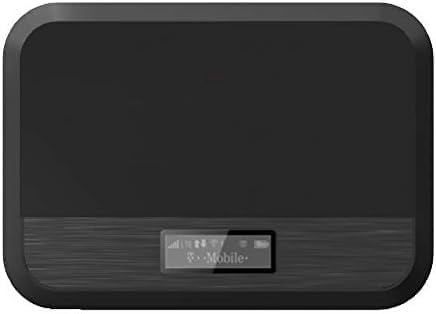
Also Consider
Here's another ultra-affordable option for T-Mobile customers with the Franklin T10 Mobile Hotspot. You'll be able to tap into its Wi-Fi 5 network and T-Mobile's 4G LTE network for light web surfing.
The best mobile hotspots
Why you can trust Tom's Guide
Best mobile hotspot overall
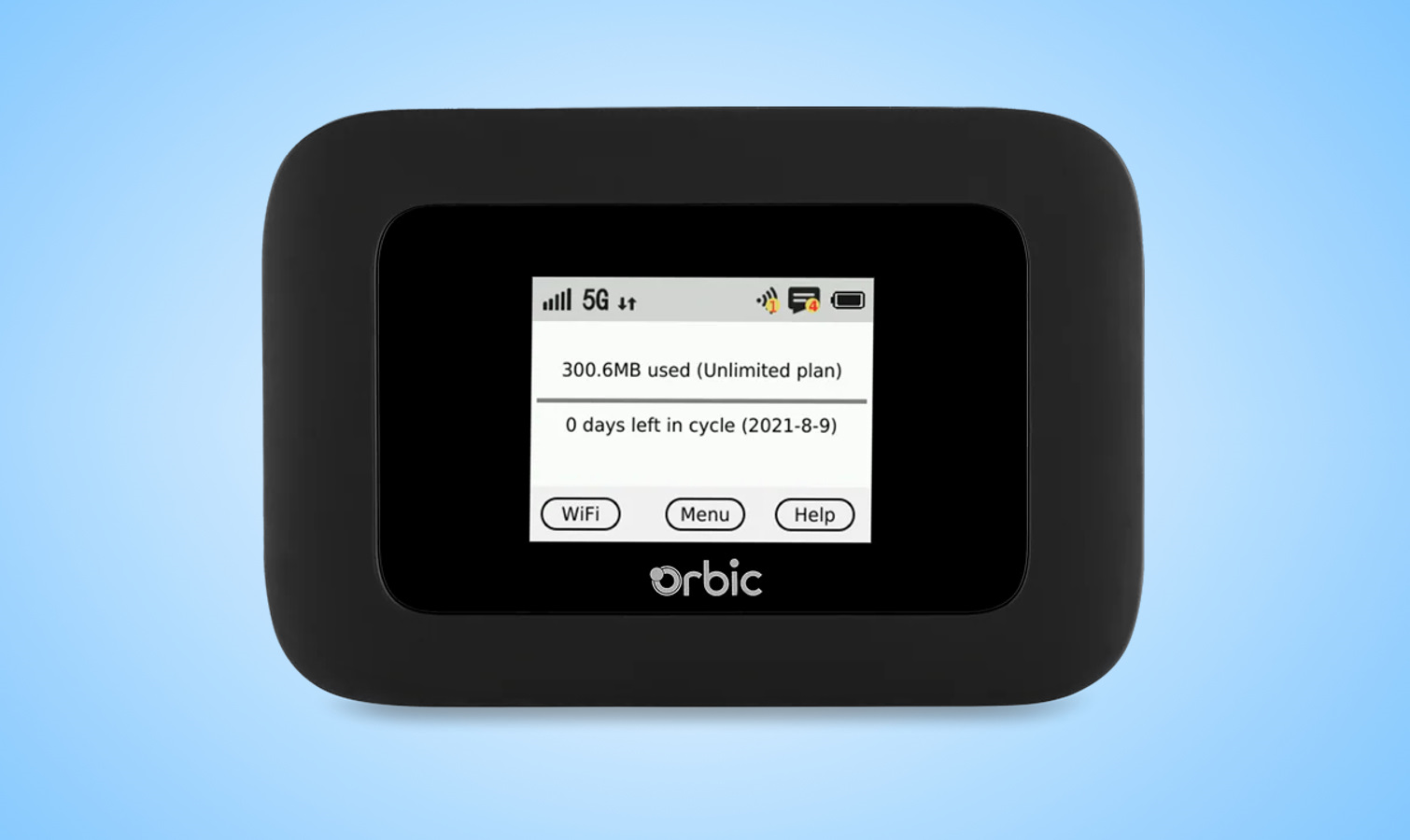
1. Orbic Speed 5G UW
Specifications
Reasons to buy
Reasons to avoid
Verizon customers will want to turn to the Orbic Speed 5G UW, which not only connects to the carrier's nationwide 5G coverage but also its super-fast Ultra Wideband service in the areas where the mmWave-based 5G connectivity is available. Up to 30 Wi-Fi-enabled devices can connect to the Orbic Speed, and the hotspot's dual-band Wi-Fi 6 support should translate to fast data speeds.
At 9.91 ounces, this is one of the heavier hotspots we've seen and the promised 12 hours of continuous battery life is nothing to write home about. Still, the reason to turn to the Orbic Speed is support for faster 5G speeds via Verizon's C-Band 5G.
At $299, this is pricier than T-Mobile's 5G hotspot, though you can spread out monthly payments of $8.33 over 36 months.
Best mobile hotspot for AT&T
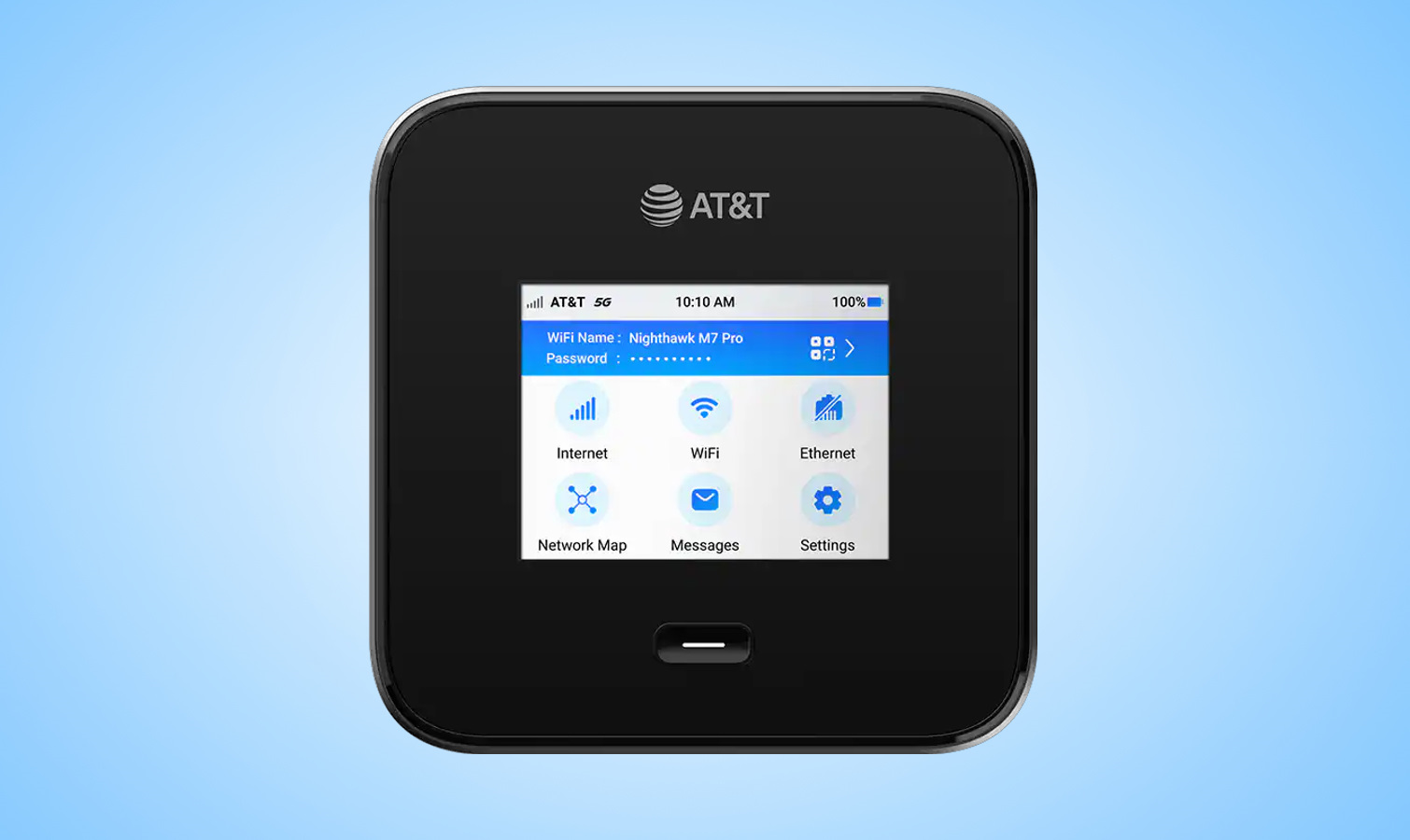
2. Netgear Nighthawk M7 Pro
Specifications
Reasons to buy
Reasons to avoid
The Netgear Nighthawk M7 Pro weighs a little less than the Orbic Speed 5G UW, but only has up to 10 hours of continuous use. This AT&T-friendly hotspot can charge to 50% in 120 minutes, while its 5,400 mAh removable battery lets you easily swap it for another when you need to keep powering through the day.
You can connect up to 64 devices to the Netgear Nighthawk M7 Pro, which is more than double than Verizon's 5G hotspot supports. At the same time, though, the M7 Pro costs way more than the Orbic Speed 5G UW at $449, but 36 monthly payments reduce the cost to $12.50 per month.
Best mobile hotspot for 5G connectivity
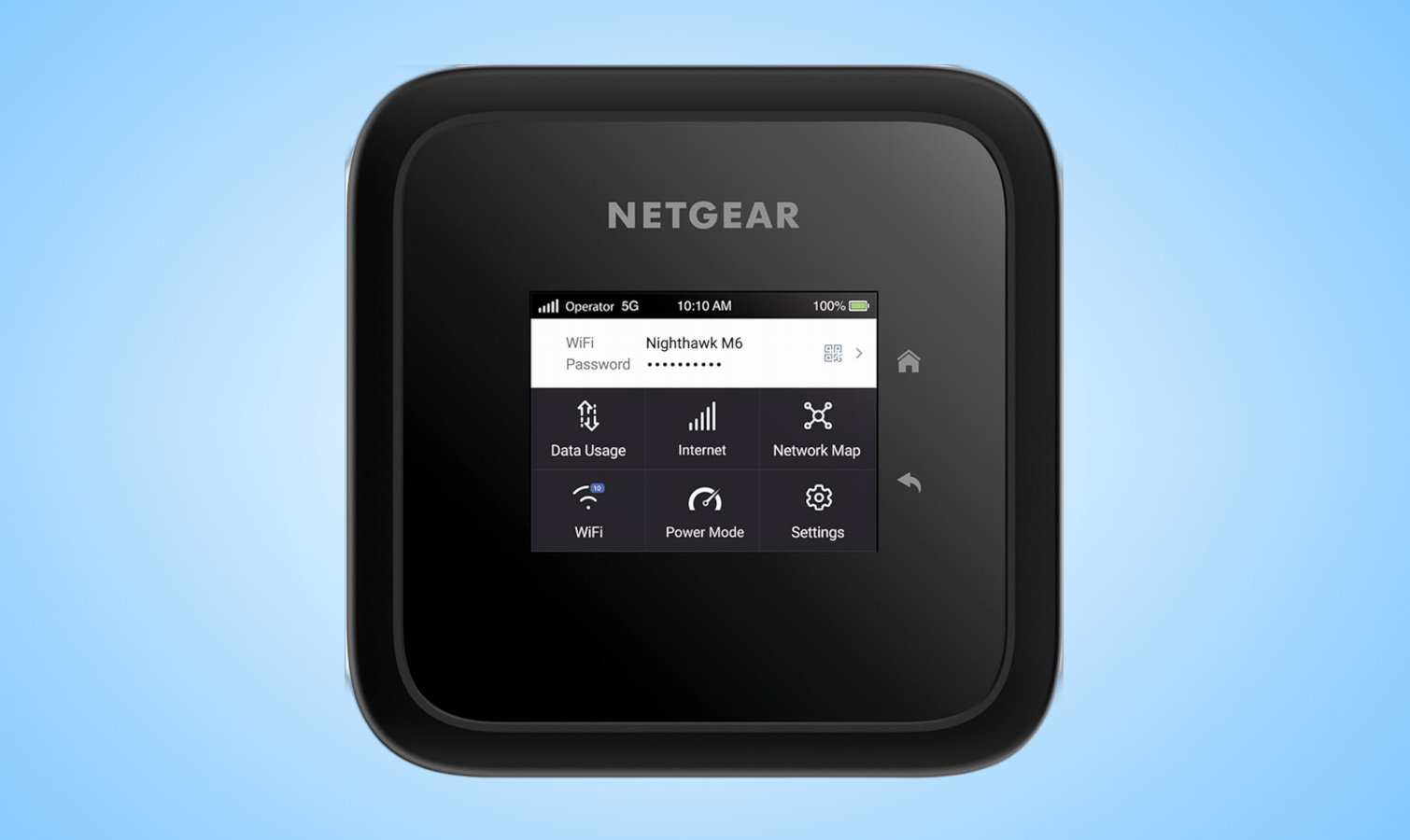
3. Netgear Nighthawk M6 Pro
Specifications
Reasons to buy
Reasons to avoid
You'd think there's little difference between the Netgear Nighthawk M6 Pro and the standard M6, save for the black exterior that the Pro offers. But there's an important difference hidden in the specs — the Nighthawk M6 Pro can connect to AT&T's 5G Plus network for the fastest speeds.
5G Plus isn't exactly as widespread as AT&T's nationwide 5G network — as of this writing, it's only available in 43 cities as well as a number of stadiums, arenas and airports. If your travels take you to where 5G Plus is an option having a hotspot that can deliver those faster speeds should help justify the Nighthawk M6 Pro's higher price. As a result, these faster speeds are ideal for gaming.
And you will pay more for this hotspot over the M6 despite the fact that they share many other features. (The Pro model does support the more cutting-edge Wi-Fi 6E instead of Wi-Fi 6 in addition to its 5G Plus compatibility.) The Nighthawk M6 Pro costs $459, though that breaks down into monthly payments of $12,78 over 36 months.
Best mobile hotspot for T-Mobile
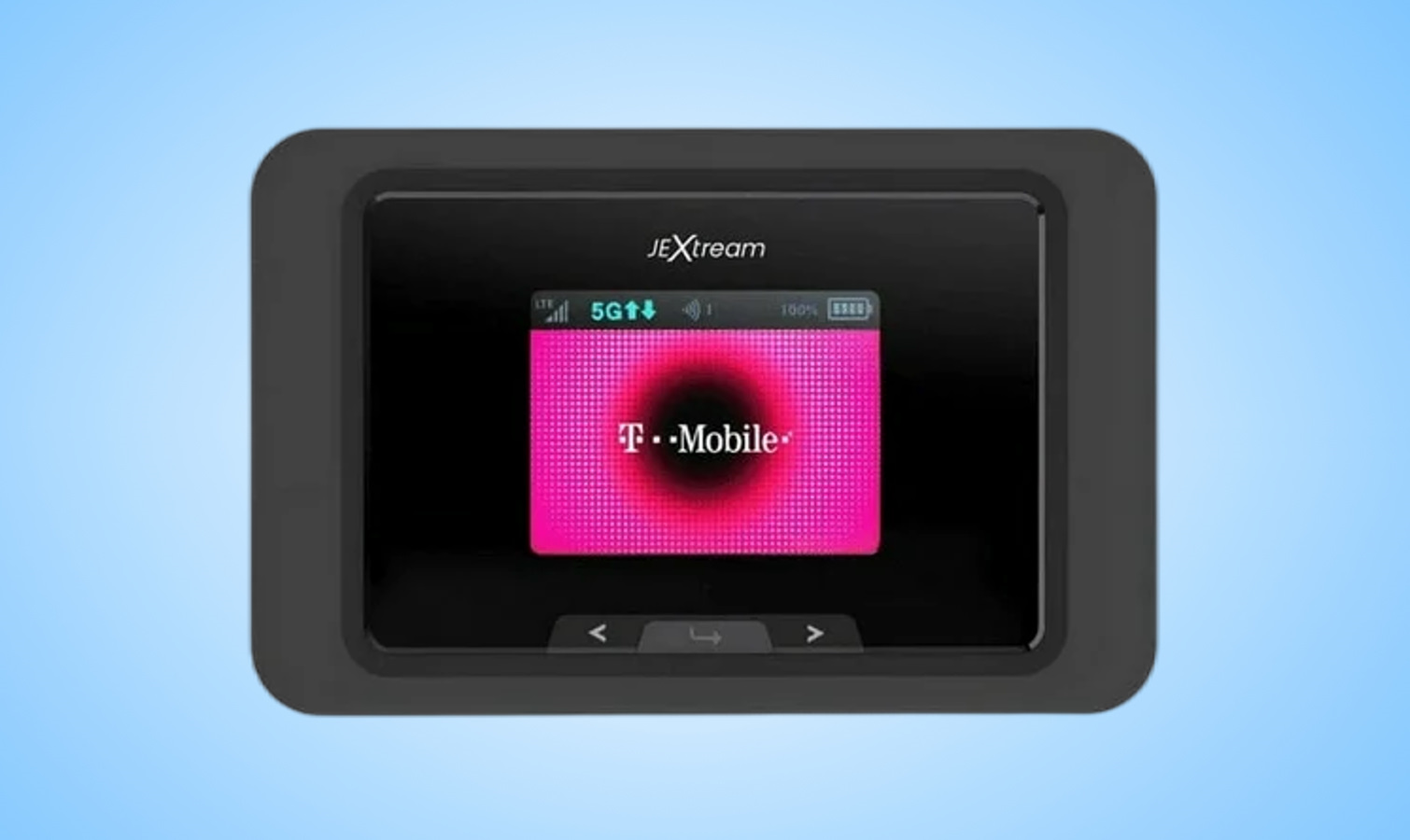
4. Franklin JEXtream RG2100
Specifications
Reasons to buy
Reasons to avoid
T-Mobile subscribers can turn to one of the more affordable mobile hotspots for 5G connectivity. And that's great news since T-Mobile can currently lay claim to having the largest and fastest 5G network in the country.
T-Mobile's 5G coverage currently reaches 321 million people; of that, 235 million people have access to the carrier's faster Ultra Capacity 5G. The good news with the T-Mobile 5G Hotspot is that it supports Ultra Capacity in addition to the Extended Range 5G.
A massive 5,000 mAh battery promises all-day battery life, and the Franklin JEXtream RG2100 can connect up to 20 devices simultaneously. This hotspot is also pretty compact compared to what other carriers offer for 5G connectivity, so it's easy to tote around.
The T-Mobile 5G Hotspot costs $198.
Best mobile hotspot for travelers
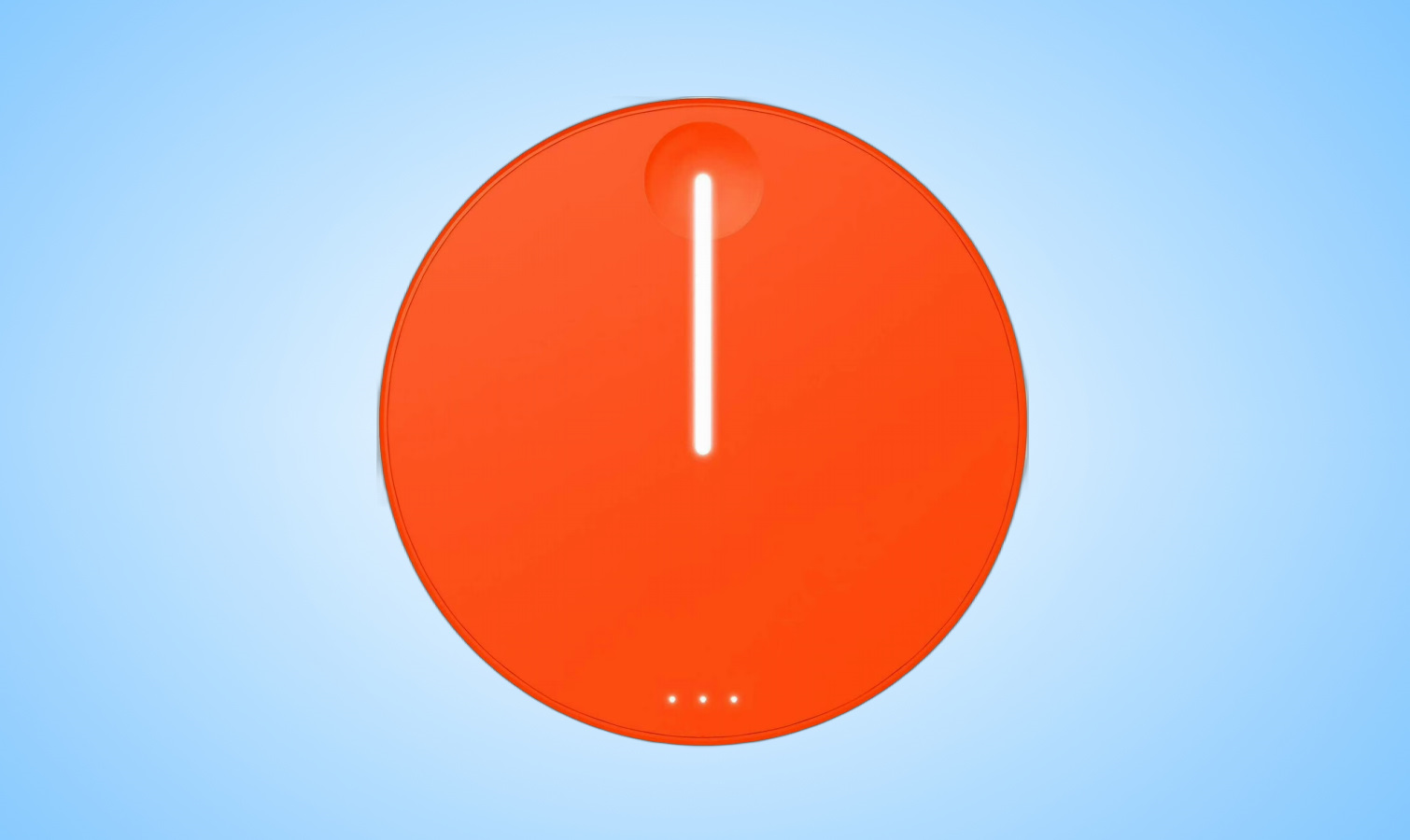
5. SIMO Solis Lite
Specifications
Reasons to buy
Reasons to avoid
If you're heading overseas, having a mobile hotspot that can keep you connected regardless of where you are is a good tool to bring along. The SIMO Solis Lite — formerly known as the Skyroam Solis Lite — is portable enough to take with you, and it promises connectivity in 130-plus countries. All you have to do is fire up the hotspot and you should be connected (provided you've signed on to one of SIMO's data plans, of course).
Up to 10 devices can connect to the Solis Lite at any one time, and the device is rated to last up to 16 hours on a charge. Data starts at $9 for a 1GB global plan, so you'll want to use data judiciously, but this is a good solution for staying connected when you're abroad and don't want to rely solely on your international phone plan. And if that's not enough, the Solis Lite also doubles as a battery bank to power up your smartphones.
Also consider
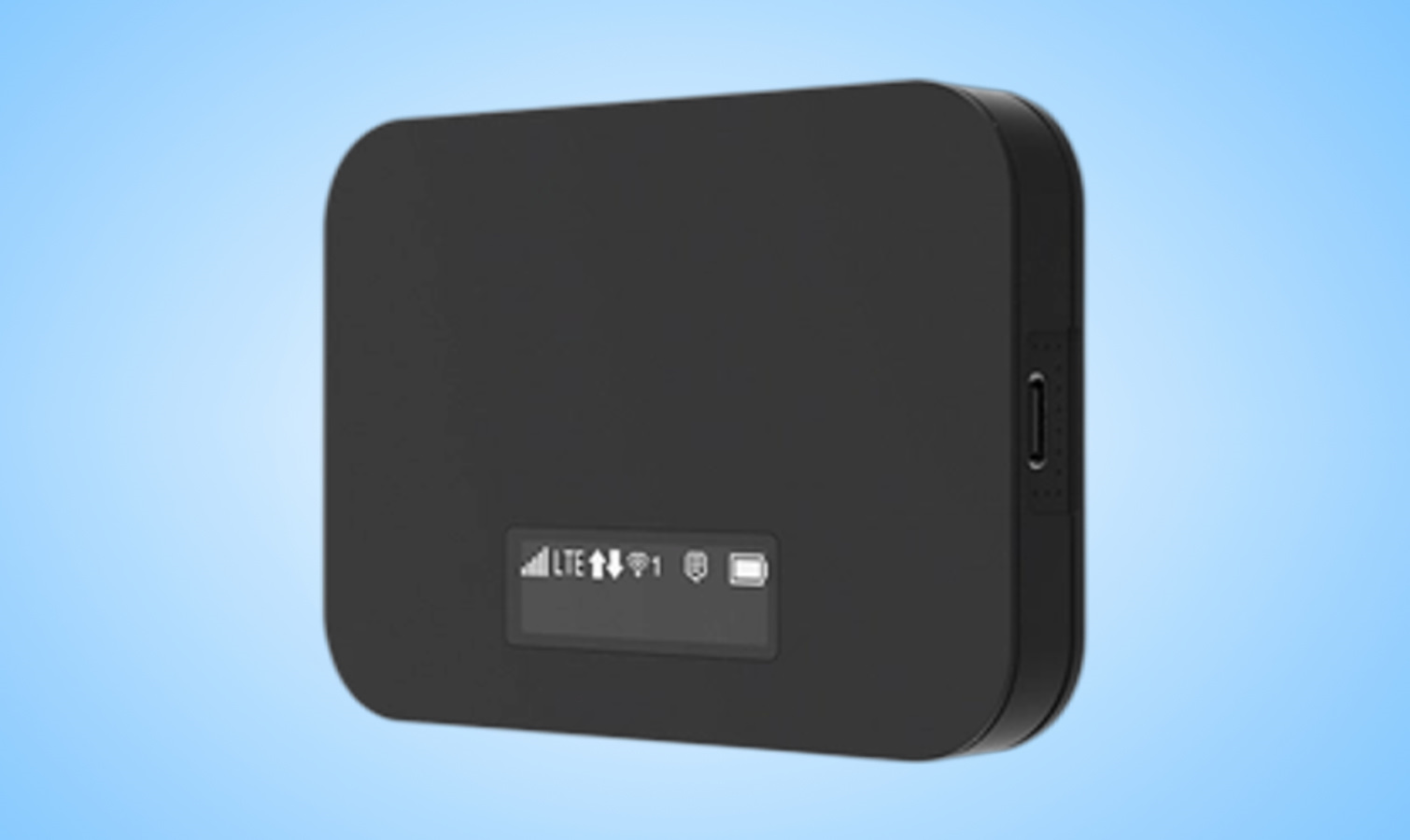
6. Franklin T10 Mobile Hotspot
Specifications
Reasons to buy
Reasons to avoid
T-Mobile customers who don't care about 5G can turn to the company's LTE hotspot. The Franklin T10 is a replacement for the T9 model that used to be on offer at the carrier. This version supports Wi-Fi 5 and used a USB-C port to charge instead of the micro-USB port of its predecessor.
The T10 is fairly compact, which is great for portability, but not so much for the size of the screen or the battery. You can connect up to 15 devices simultaneously.
The T10 hotspots costs $90, but like T-Mobile's 5G hotspot, you can get the device for free (in the form of 24 monthly bill credits) by opening a new line of data.
What to consider when shopping for a mobile hotspot
Before you shop for a mobile hotspot, consider if you even need one. If your cell phone plan includes hotspot data at 5G speeds, that may be good enough for staying connected (assuming you don’t plan on using more data than your allotted hotspot amount). If your mobile plan only allows 4G hotspot speeds — or doesn’t support hotspot data at all — you’ll want to consider a separate device.
After considering what network you’ll be using — unless you want separate bills for cellular connectivity, you’ll probably want to stick with the carrier who already provides your smartphone service — make sure to find out how many devices can connect to the mobile hotspot and whether that limits fits your needs.
You’ll also want to pay attention to the size and weight of the mobile hotspot, making sure it’s something you can easily tote around. How you plan to use the hotspot — is this for international travel or just about having backup connectivity on the go — is another consideration since some hotspots are designed specifically for overseas use.
5G mobile hotspots tend to cost more than their LTE counterparts, though prices have come down considerably as 5G is more widespread than it was a couple years ago. The typical 5G mobile hotspot costs around $300, though we've seen some like T-Mobile's new 5G hotspot that cost around $200.
If you’re going to buy a hotspot using your current cellular provider, you should expect to pay $10 to 15/month for the additional cellular connection, plus the cost of the device. If you’re getting new service with a new provider, you can expect to pay around $60 a month for 10GB of data. Unfortunately, few MVNOs offer service for mobile hotspots.
And finally, it's worth pointing out that there are mobile hotspots that offer support for external TS9 antenna connections. They allow you to boost the hotspot's connectivity by attaching an external antenna to them. However, many of the newer models don't offer them because of the powerful reach and signals of 5G radios. Still, if you need one, the Verizon Jetpack MiFi 8800L offers such a connection.
How we pick the best mobile hotspots
We look to feature hotspots from a number of wireless providers, so that we can help people find the right device for their network. We also try to include hotspots that are capable of both 5G and LTE connectivity to meet different use cases.
We turn to user reviews to help us refine our selections, and we also consider the price, feature set and portability of the devices we include in our final list of the best mobile hotspots.
More from Tom's Guide
- Best international phone plans in 2024
- The best portable chargers and power banks in 2024
- Best cell phone plans in 2024
Get instant access to breaking news, the hottest reviews, great deals and helpful tips.
Jeffery Battersby is a writer, actor and raconteur, in addition to being an Apple certified trainer, a project manager and a specialist in smartphones, small business information technology, productivity software and office tools. He is based in the greater New York area and has contributed to Macworld as well as Tom's Guide.
